How photographer Madi McKay uses the Z6III to document California’s coastal ecosystems.
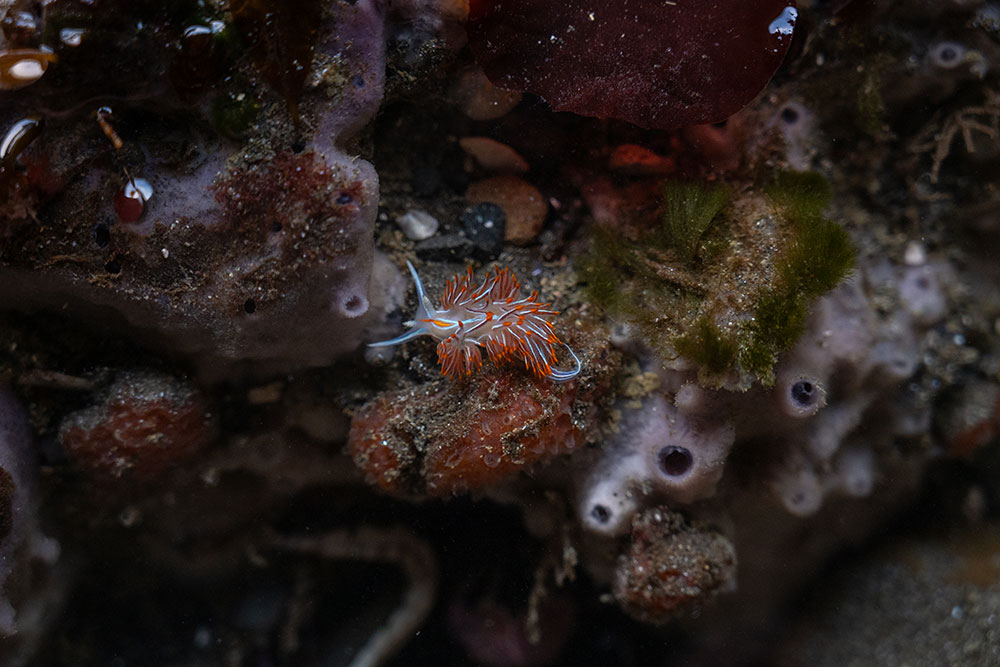
Madi McKay is a marine biologist and photographer based near Monterey, California. Known online as a “nudibranch nerd”, Madi’s favorite subjects are the colorful nudibranch (pronounced “nood-ee-brank” and otherwise known as sea slugs) that populate tide pools in California and beyond. We caught up with Madi recently to hear more about her background, her work, and what motivates her to get outside into nature, camera in hand.
For Madi, her interest in photography has always gone hand in hand with her passion for wildlife.
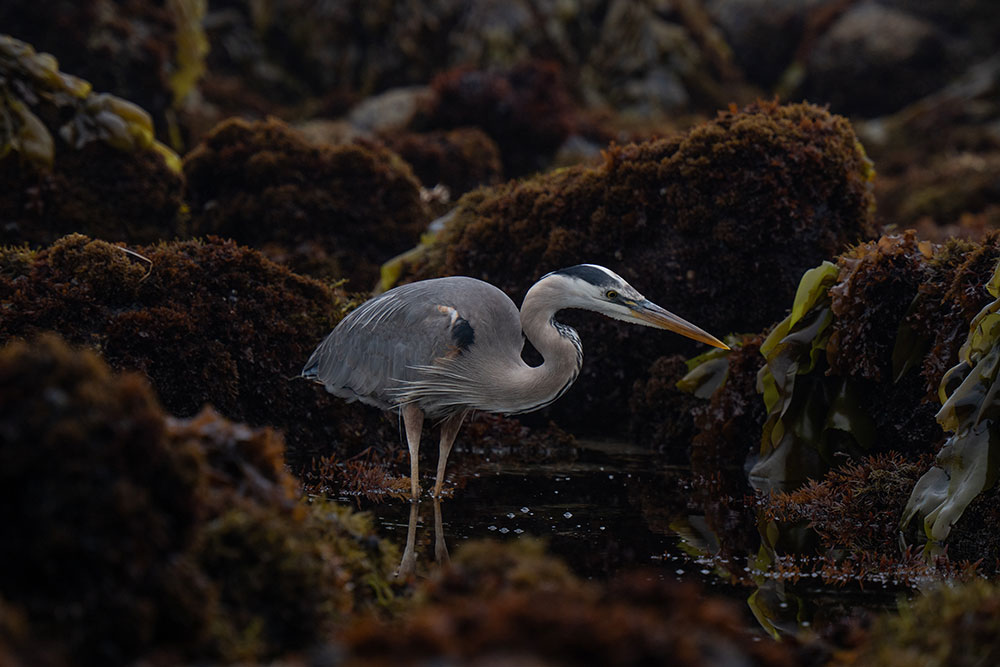
“I wasn’t really interested in either photography or marine science until I went to college. I decided to go into marine science in my second year of college and ended up volunteering in my university’s marine mammal ecology lab. I studied harbor seal hunting behavior, and we used a camera to photograph seals and identify them based on their patterns. I started borrowing the camera to take more creative photos of the seals, and other animals in the same ecosystem, like great blue herons and beavers.”
After she started getting more interested in photography, Madi graduated to a Nikon D90, “gifted by my parents” but these days, she shoots with the mirrorless Nikon Z6III, which she describes as “a game-changer—especially now that I’m using photography and videography more and more for my science communication.”
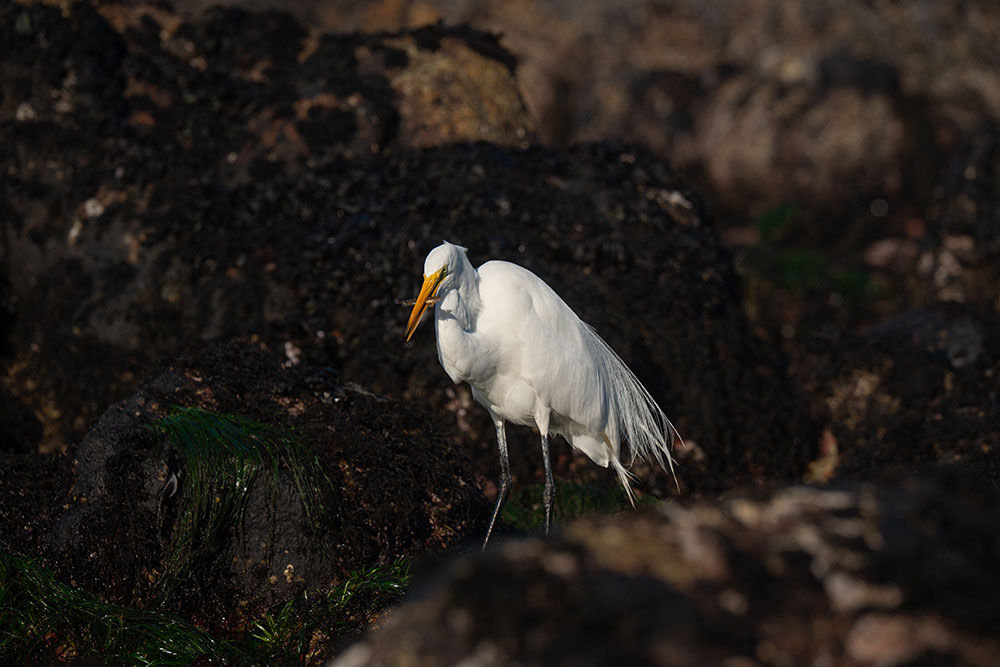
“The Z6III has been very easy to get comfortable with, and I’m excited about the powerful video features. Shooting full HD slow motion video at 240p is perfect for wildlife, and also footage of people interacting with nature. The [Vibration Reduction] image stabilization is great when I want to shoot quickly without a tripod, and the compact, lightweight design makes it easy for me to bring the camera into the field.”
“Something I’m still learning is patience. You really can’t predict what you will see while out in nature, and sometimes you just have to sit, watch and wait. There is also a balance between being prepared to get a photo and being present in the environment. For example, I often see gulls eating octopuses in the tide pools and for me, that’s a dream shot to get. But it happens so fast that every time, I have to decide between whipping out my camera or just watching. I still haven’t captured the moment, but I know someday I will!”
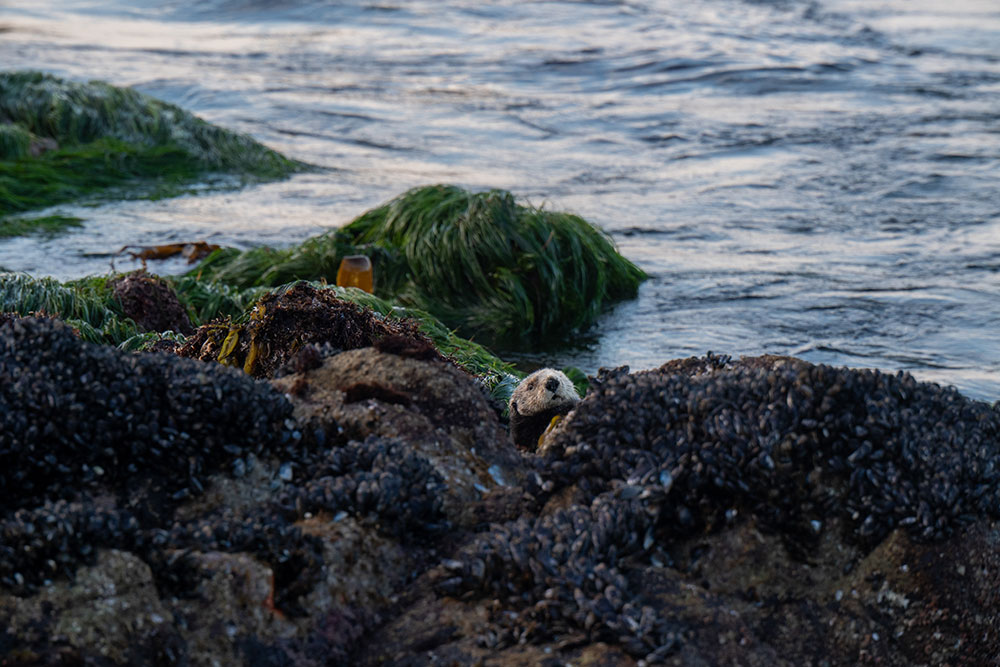
As her YouTube channel @nudibranchnerd suggests, Madi’s favorite subjects are nudibranch—otherwise known as sea slugs, “because they’re beautiful and they barely move!”
“There are over 3000 different species, and they’re all so brightly colored with amazing patterns and shapes and sizes. I find them in tide pools quite often, and they’re great to photograph. I’m known as a “nudibranch nerd” and my followers love sea slugs just as much as me. My favorite behavior to observe is when they sit upside down on the surface of the water, using surface tension to cruise around.”
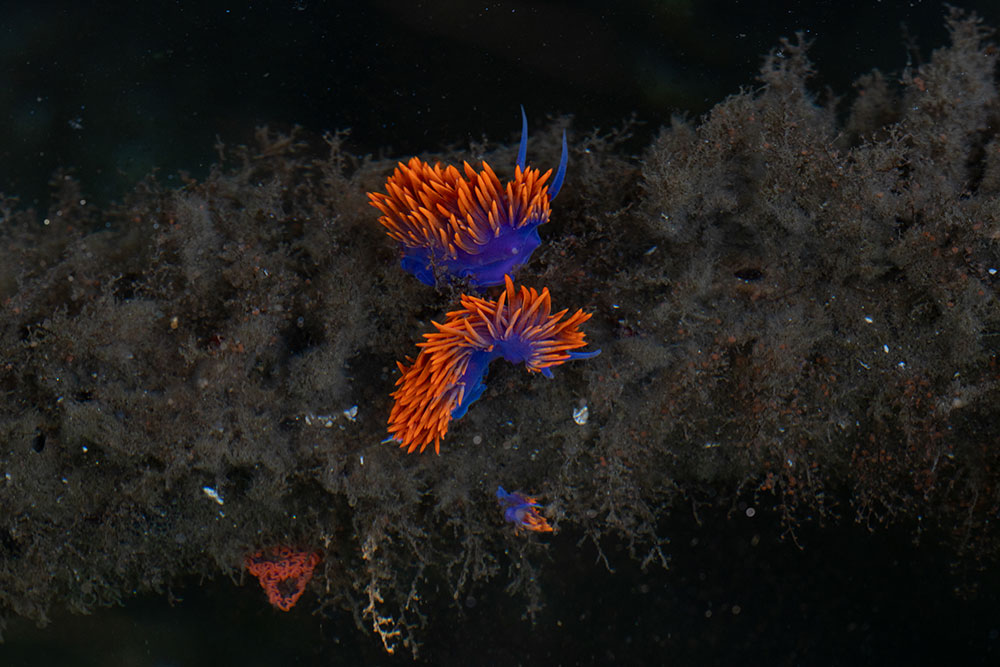
When it comes to photography locations, Madi still returns to the tide pools of Monterey—conveniently located right in her back yard:
“I always find something new, whether it’s a species I’ve never seen before or a new animal behavior.”
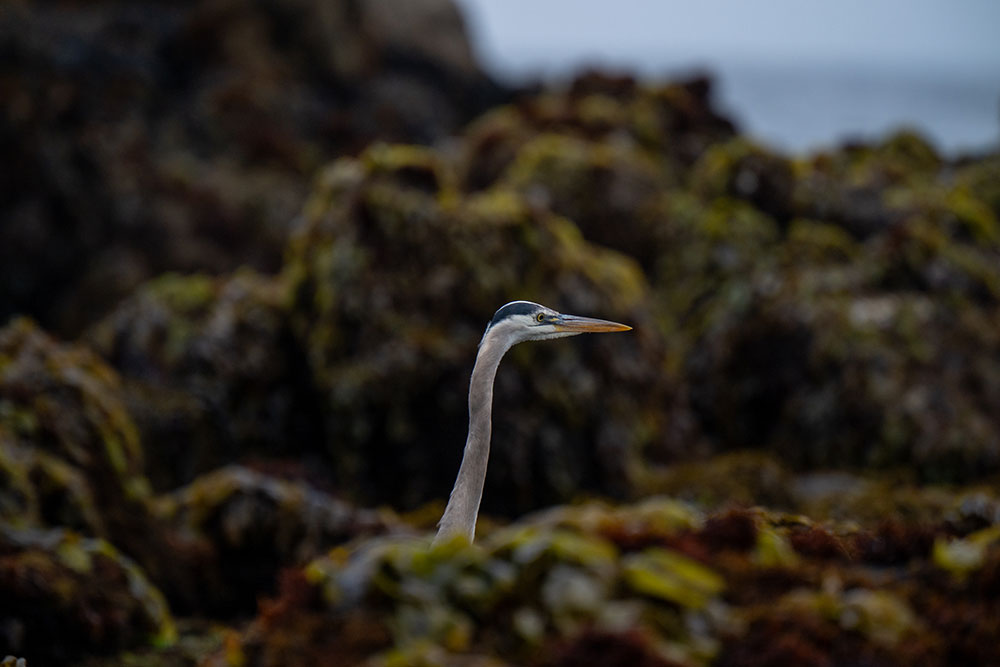
“But now that I have the Z6III I’d love to go to Alaska and photograph bears and salmon during the salmon runs. There are amazing tide pools up there too, with species I’ve never seen before. Eventually I’d like to do a big road trip from Alaska to Southern California, stopping at a bunch of tide pools on the way.”
Madi’s current camera kit consists of the Z6III with a NIKKOR Z 24-70mm f/4 S, NIKKOR Z 70-200mm f/2.8 VR S and Z TELECONVERTER TC-2.0x, but her dream kit also includes the NIKKOR Z 800mm f/6.3 VR S and NIKKOR Z MC 105mm f/2.8 VR S.
As well as additional lenses, Madi hopes to expand her skillset too, and get into filmmaking.
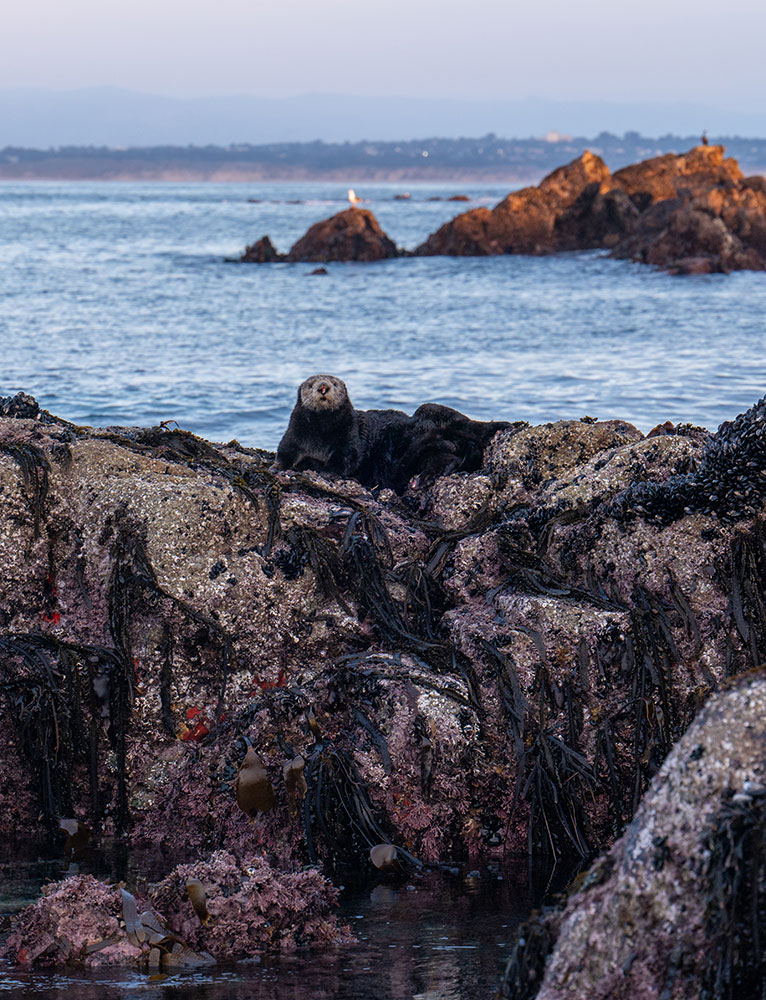
“I recently attended an amazing environmental filmmaking workshop put on by Jackson Wild which has inspired me to take my cinematography and filmmaking to the next level. So eventually I would love a dedicated cinematography camera like the Nikon ZR.
I want to make longer-form films that have a real, measurable impact. I have a few ideas that will hopefully inspire people to become more informed consumers and better stewards of their local environments.”
Madison McKay
Madison McKay graduated from Western Washington University in 2019 with a degree in biology. Currently based in California, Madi hopes that her work will promote stewardship and curiosity, educate the public about marine conservation, and support aspiring marine scientists.
